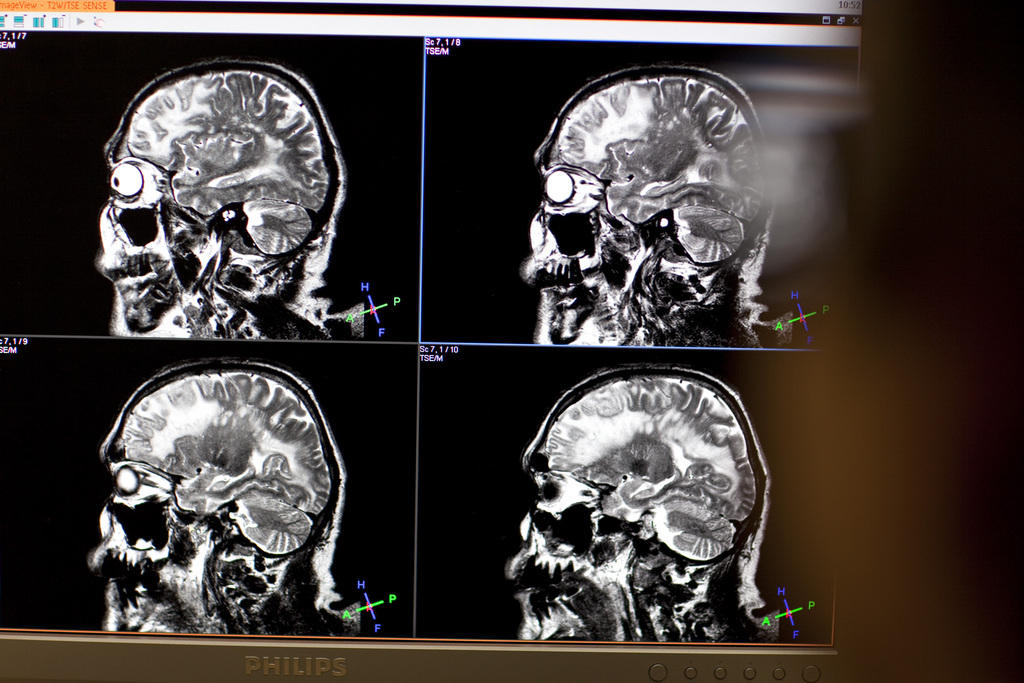LSD could be used to tackle mental illness

Scientists from the University of Basel have published a study showing links between LSD and the processing of negative emotions in the brain. The findings, published this week, could be used in the future to treat illnesses such as depression or anxiety.
The study was based on a group of 20 healthy individuals, each of whom were given 100 micrograms of LSD before viewing pictures of faces showing common emotions, such as joy, fear, or anger. MRI scans subsequently showed how the amygdala, the region of the brain central to the processing of emotions, was affected.
The results, published in the journal Translational Psychiatry, were clear: the drug reduced activity in the region when confronted with negative emotions, especially fear. The university said that the findings could have an impact for future treatment of mental illnesses such as depression or anxiety: they could have “important therapeutic potential,” one of the authors, Stefan Borgwart, explained to swissinfo.ch.
From a scientific point of view, Borgwart also stressed that the experiment was “one of the first which used functional imaging [MRI scans] to analyse the effects of LSD on the brain”. In the past, research has often been based on behavioural observation. If the current study could be replicated on a group of “clinical population” rather than healthy volunteers, the medical potential for those suffering from anxiety and depression could be further gauged.
A trip in time
Switzerland has long been at the cutting edge of LSD research. The drug itself was famously discovered by Basel-based chemist Albert Hofmann in the 1940s, in something of a planned “accident”: after synthesising the compound for experimental reasons, he ingested it one evening and experienced “unforeseeable consequences” on his body and mind, as he described in his 1979 book “LSD—My Problem Child”.
However, as one of his initial experiences made clear (“beginning dizziness, feeling of anxiety, visual distortions, symptoms of paralysis, desire to laugh”), the effects of LSD on an unprepared user can be complicated. And by the 1960s, despite a flowering of psychiatric interest, the drug was banned worldwide. It would spend the next decades as a pop culture symbol, championed by pop stars and writers from the Beatles to Aldous Huxley.
In more recent decades there has been renewed attempts to study the therapeutic and pain-relieving potential of LSD. In Switzerland, where the drug remains illegal, dispensations have been accorded to specific scientists conducting controlled research. Peter Gasser worked with cancer patients and published a 2014 study which showed that small, controlled, doses of LSD could be used to reduce anxiety in patients affected by life-threatening diseases.
Authorities remain vigilant about over-liberalising access to the drug. A local committee of swissethicExternal link (an oversight body for research on humans), as well SwissmedicExternal link, the Swiss agency for therapeutic products, need to provide approval for experiments. Borgwart said that the already strict procedures may be “even more difficult for experiments involving clinical subjects”.
Further studies with a specific focus on therapeutic potential are nevertheless planned.

In compliance with the JTI standards
More: SWI swissinfo.ch certified by the Journalism Trust Initiative













You can find an overview of ongoing debates with our journalists here . Please join us!
If you want to start a conversation about a topic raised in this article or want to report factual errors, email us at english@swissinfo.ch.